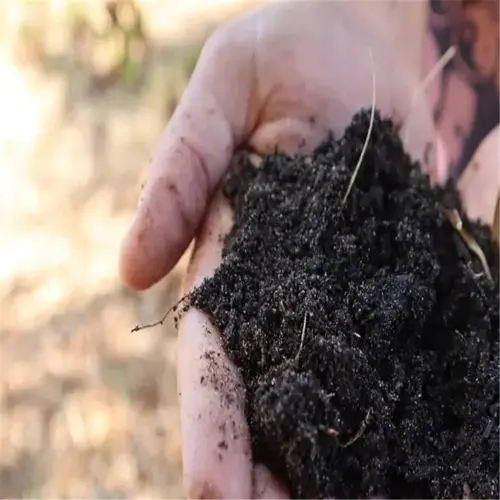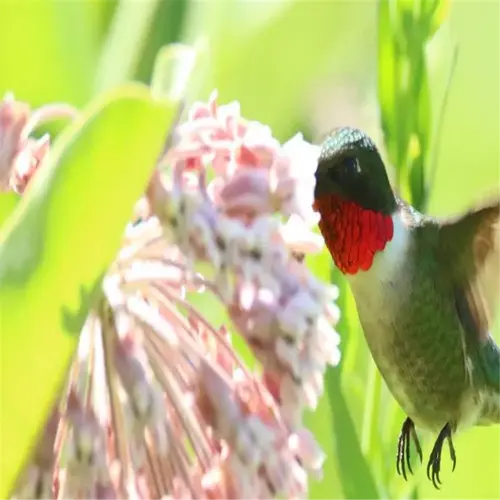How to prevent future infestations?

Written by
Paul Reynolds
Reviewed by
Prof. Samuel Fitzgerald, Ph.D.To avoid aphids, implementing consistent routines is key. One of the best things you can do is to check under leaves and the new growth weekly (I have Sundays on my calendar for this) to catch any potential invader before it spreads. Just last season, this saved my eggplants from devastation. The healthier the soil and the more barriers there are, the less likely a plant will cater to a pest.
Routine Checks
- Inspect plants every 7 days during growing season
- Use magnifying glass for nymph detection
- Prune overcrowded branches promptly
- Deploy yellow sticky traps near hotspots
Soil & Ant Control
- Amend soil with 25% compost for balanced nutrition
- Apply cinnamon around stems to deter ants
- Install diatomaceous earth barriers weekly
- Use row covers during peak migration weeks
Ant colonies curtail this a bit by farming aphids for their honeydew. I have found success by sprinkling food-grade diatomaceous earth around plant bases every 14 days, in addition to using floating row covers to limit interactions and protect the plants during the spring migrations. Last year, my greenhouse experienced about 90% fewer aphids after employing this dual strategy.
Ecosystem Balance
- Encourage predatory wasps with shallow water dishes
- Interplant with dill to attract lacewings
- Avoid broad-spectrum organic pesticides
- Rotate trap crops annually
Read the full article: Natural Aphid Control: 12 Safe Solutions for Plants

